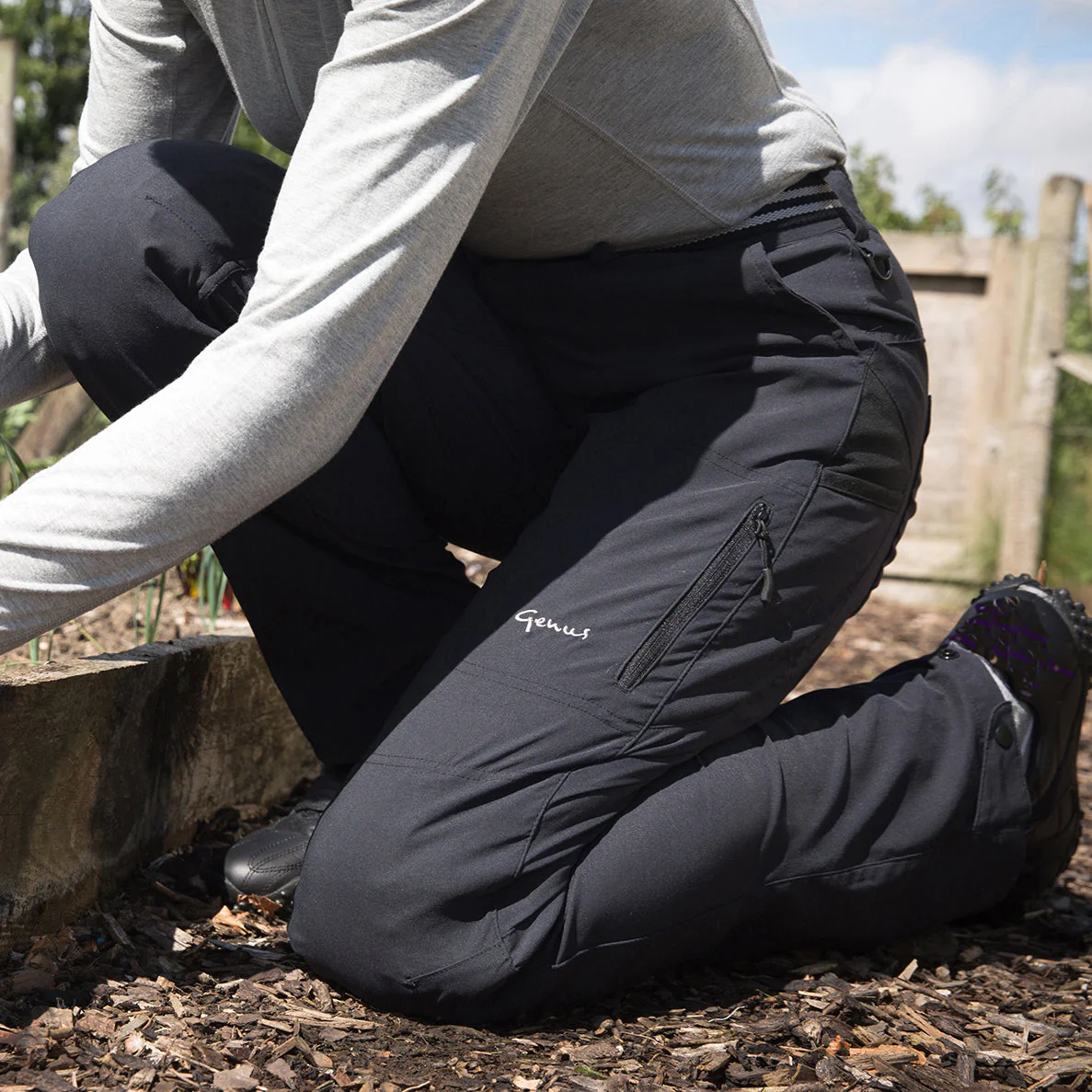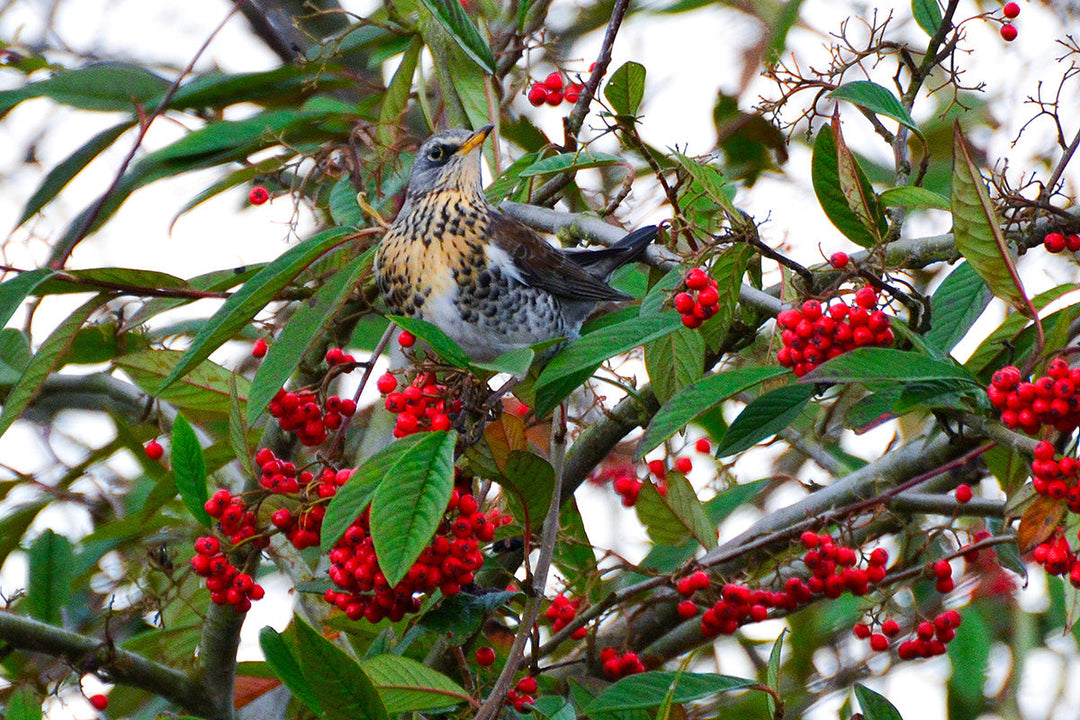Time for tulips

I planted tulip bulbs this week. 260 of them not a huge amount, but enough to fill six troughs and a large, round, stone planter. With the threat of colder weather and potential frosts my worry was of the soil becoming too hard to plant into. I experienced it some 15 years ago, when suddenly the ground, hard as iron, couldn’t be penetrated and planting was delayed until milder weather in January.
Planting time for these wonderful bulbs is incredibly flexible. One well known supplier was recently recommending getting them in the ground during September. With all the mild weather we were having I’m not sure that would have been a good idea. Once the soil has cooled down and the worry about bacterial or fungal disease has passed, I’m much happier for planting to begin and continue right through to Christmas and beyond if need be. I’ve even planted them as late as February.
The varieties I chose this year were the excellent dark purple ‘Black Hero’ - double flowered, tall, and slightly scented. ‘Spring Green’, a real classic with ivory coloured petals infused with flashes of green and finally, a relatively recent introduction ‘World Friendship’ a pale primrose, single flowered tulip that can reach 40cm in height.
Tulips are often considered a disposable bulb that never perform very well after their first year. A little tip we have found that makes them reliably perennial is to plant them deep. Ignore the books, and plant the bulbs 25cm down. It will seem far too deep but planting them like this prevents them from segmenting into small individual bulbs that produce foliage with no flowers. Certain varieties perform better than others but we have found it works for most. Planting at depth also means they avoid being accidentally dug up when you are working on the border or trough later on in the year.











